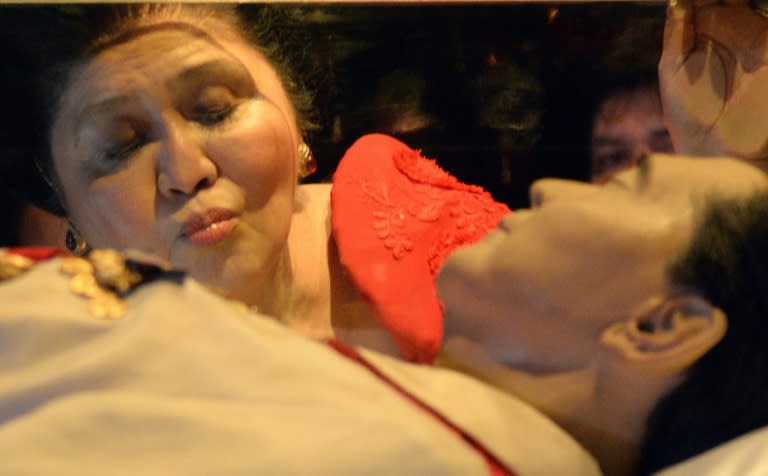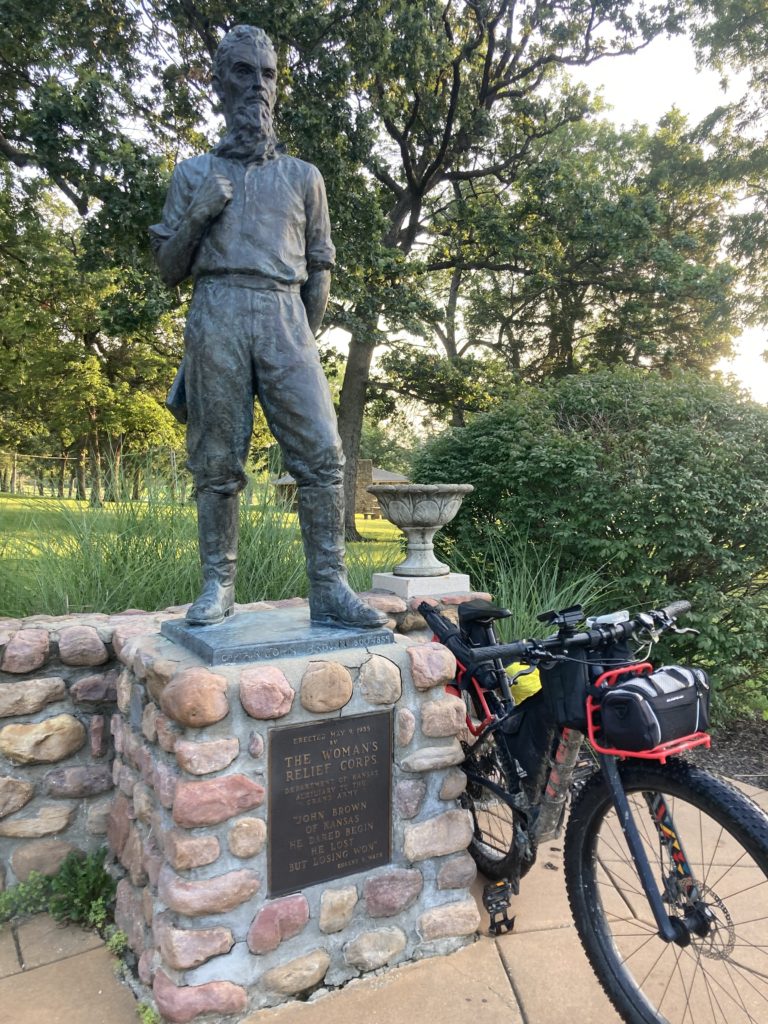Body politics: famous preserved corpses

Filipinos paying their last respects to the preserved body of dictator Ferdinand Marcos viewed a wax mask, his undertaker told AFP. The controversial dictator died in exile in 1989 after being ousted in a “People Power” uprising, but his embalmed body was returned to his childhood home where it was on display for over two decades. His burial at the Heroes’ Cemetery last week sparked controversy in the Philippines and removed him from the relatively exclusive global club of famous bodies on display. Here are some of the others: Vladimir Lenin Russian revolutionary Vladimir Lenin was the first communist leader to be embalmed, sparking a trend among radical left-wing regimes around the world. Lenin died in 1924 at the age of 53 and had planned to be buried next to his mother in the former imperial capital of St Petersburg, but was instead preserved in a mausoleum on Red Square, where he remains today, attracting visitors curious to see the Bolshevik founder of the Soviet Union. Debates over the removal of the body began after the collapse of the USSR in 1991, but the Russian Communist Party lobbied vehemently to keep Lenin in place. Egyptian Mummies When a schoolchild hears the words “Ancient Egypt,” the first thing they think of is mummies – preserved remains of important figures. The British Museum in London houses a collection of 120 human mummies from Egypt and Sudan, which are one of the museum’s biggest attractions for many visitors. The museum also has 300 mummified animals, including dogs, cats and even a crocodile. None of the mummies have been unwrapped since the 1790s, and museum experts have examined them using X-rays and CT scans. Mao Zedong The Chinese revolutionary leader, who died on Sept. 9, 1976, has been embalmed since 1977 and displayed in a glass booth at the Mao Zedong Memorial Hall in Beijing’s Tiananmen Square. Mao’s body was soaked in formaldehyde and other preservative fluids, according to a report in the People’s Daily newspaper, and today the non-visible parts of Mao’s body are bathed in liquid. After the mausoleum is closed, the body is placed in a low-temperature container, the newspaper said. Eva Peron Eva Peron, Argentina’s emblematic first lady of the 1940s and ’50s, was embalmed when she died of cancer in 1952 at age 33. “Evita” was as revered by her husband’s poor working class as she was despised by the military and elite. After Juan Perón was overthrown in a coup in 1955, army officers secretly removed Evita’s body from its resting place in the headquarters of a pro-Perón union and hid it. Fearing that Peronist militants would find it, then-dictator Pedro Aramburu had the corpse shipped to Italy and buried in Milan under a false name. Perón’s third wife and successor, Isabel, eventually cut a deal: Evita’s body was returned to Argentina in 1974 and has since rested in her family mausoleum in Buenos Aires, a pilgrimage site for her admirers and fans of the musical and film about her life. Ho Chi Minh Although he wanted his ashes scattered across the country, the father of modern Vietnam was embalmed after his death on September 2, 1969. His body, preserved in the cold beneath a glass sarcophagus, has been on display in a mausoleum in Hanoi since 1975. The country has regularly asked Moscow for help in preserving the body, reflecting its Soviet-era ties. Papuan incense mummies The Dani people of the highlands of Indonesia’s remote easternmost Papua region used incense and animal oils to preserve important elders and local heroes. The desiccated, blackened figure of Agat Mamete Mabel, a chief who ruled the village of Wogi about 250 years ago, is one of the most notable – adorned with pig tusks wrapped around his torso, a headdress of feathers and a traditional penis gourd bottle. The body is kept in a thatched-roof hut where a select few villagers care for it. Kim Il-Sung and Kim Jong-Il The bodies of North Korea’s founding president, Kim Il-Sung, and his son, Kim Jong-Il, are on permanent display in the Kumsusan Palace of the Sun mausoleum in Pyongyang. When Kim Il-Sung died of a heart attack in 1994, Russian scientists helped preserve the body of North Korea’s “eternal president.” He now lies in a glass coffin whose filtered light preserves his rosy face. The Russian team helped embalm Kim Jong-Il’s body when he died in December 2011 – also of a heart attack – and is believed to be responsible for preserving the bodies. Current leader Kim Jong-Un and his close aides visit the mausoleum on important national holidays – such as Kim Il-Sung’s birthday – to pay their last respects to his late grandfather and father. Foreign visitors are allowed into the cavernous mausoleum twice a week – Thursdays and Sundays – but must dress strictly and bow to the bodies.



